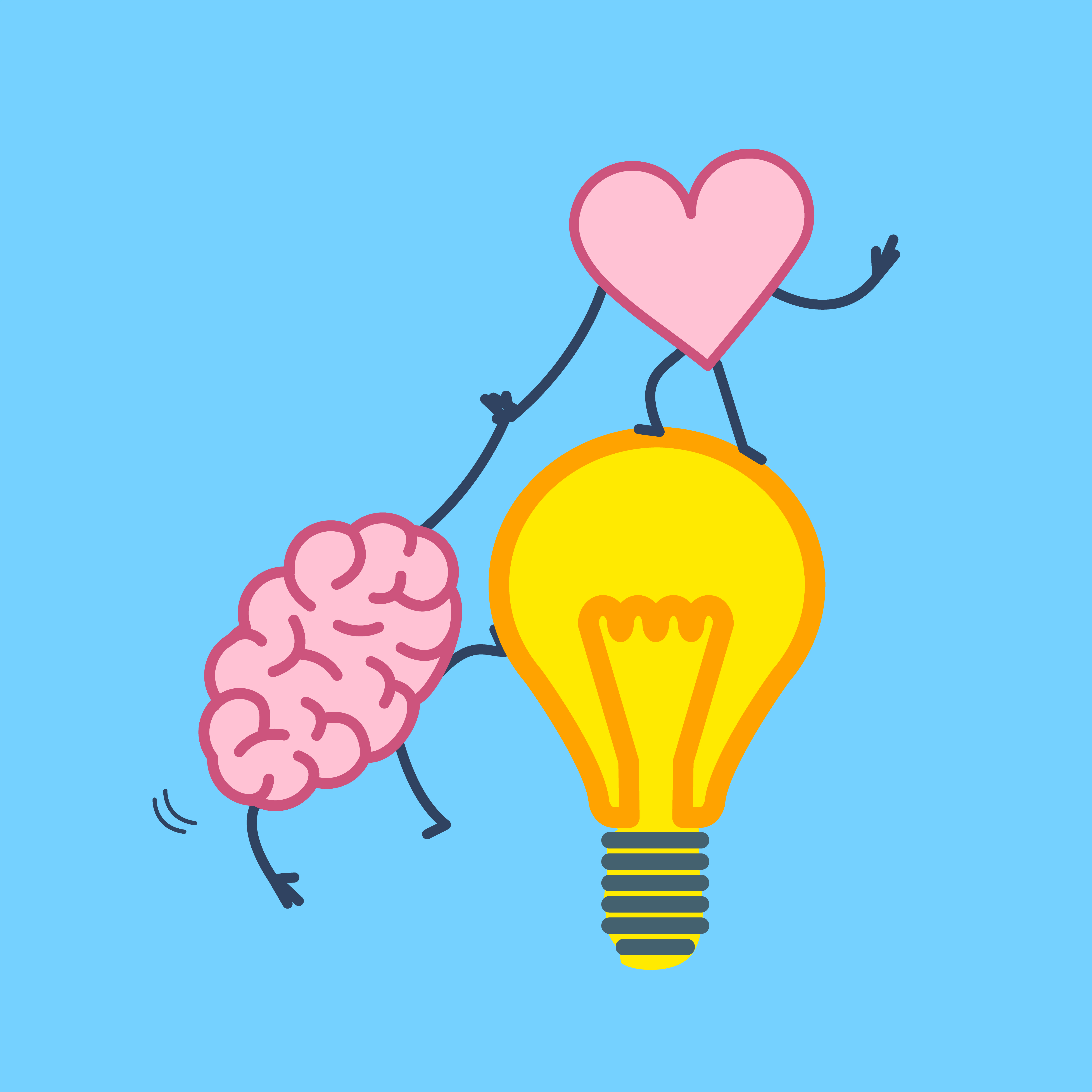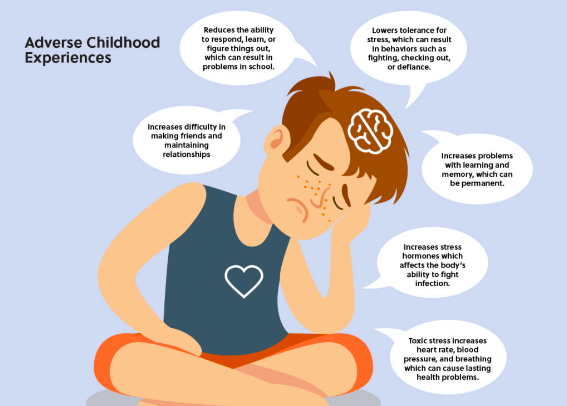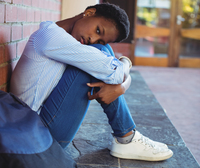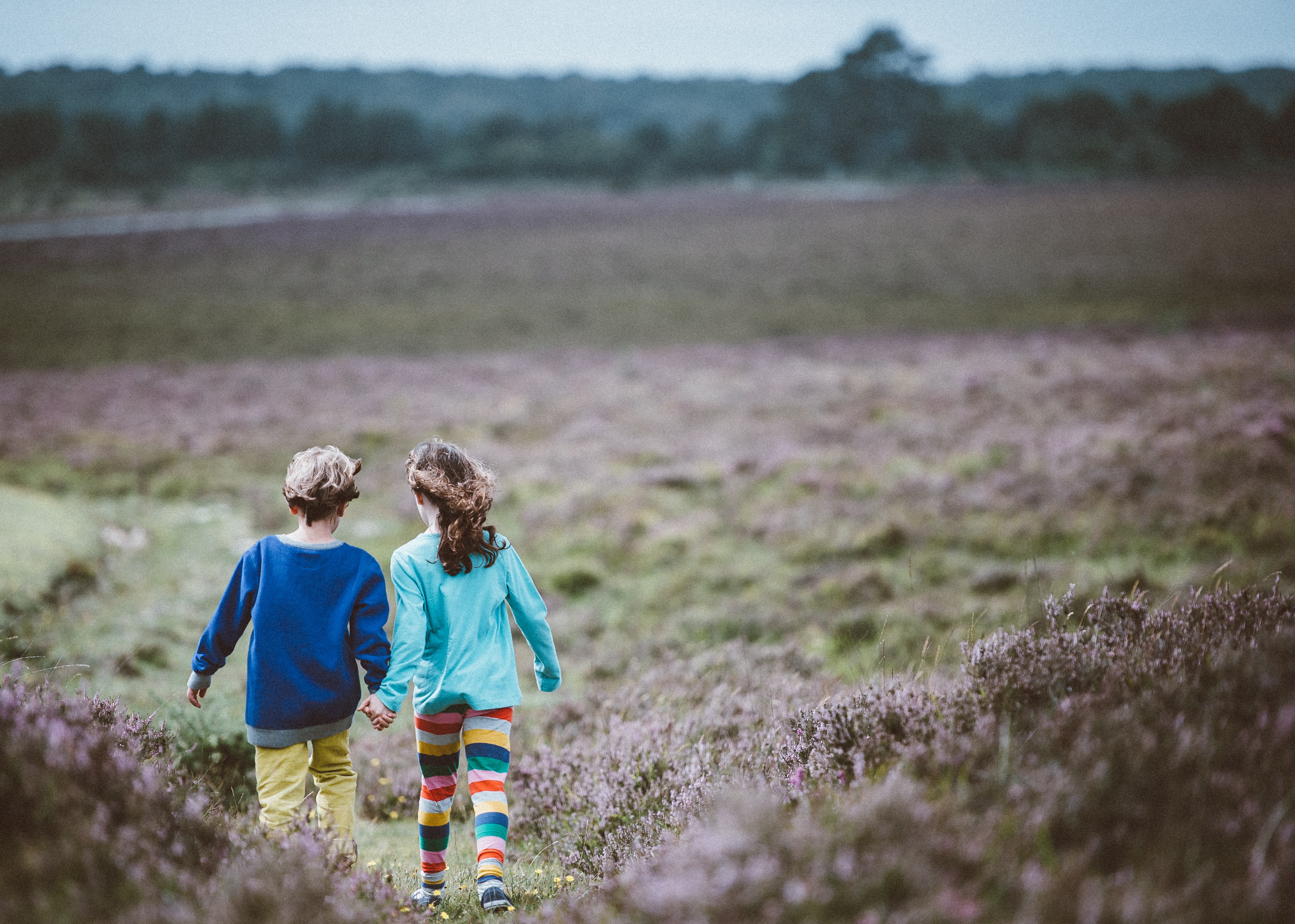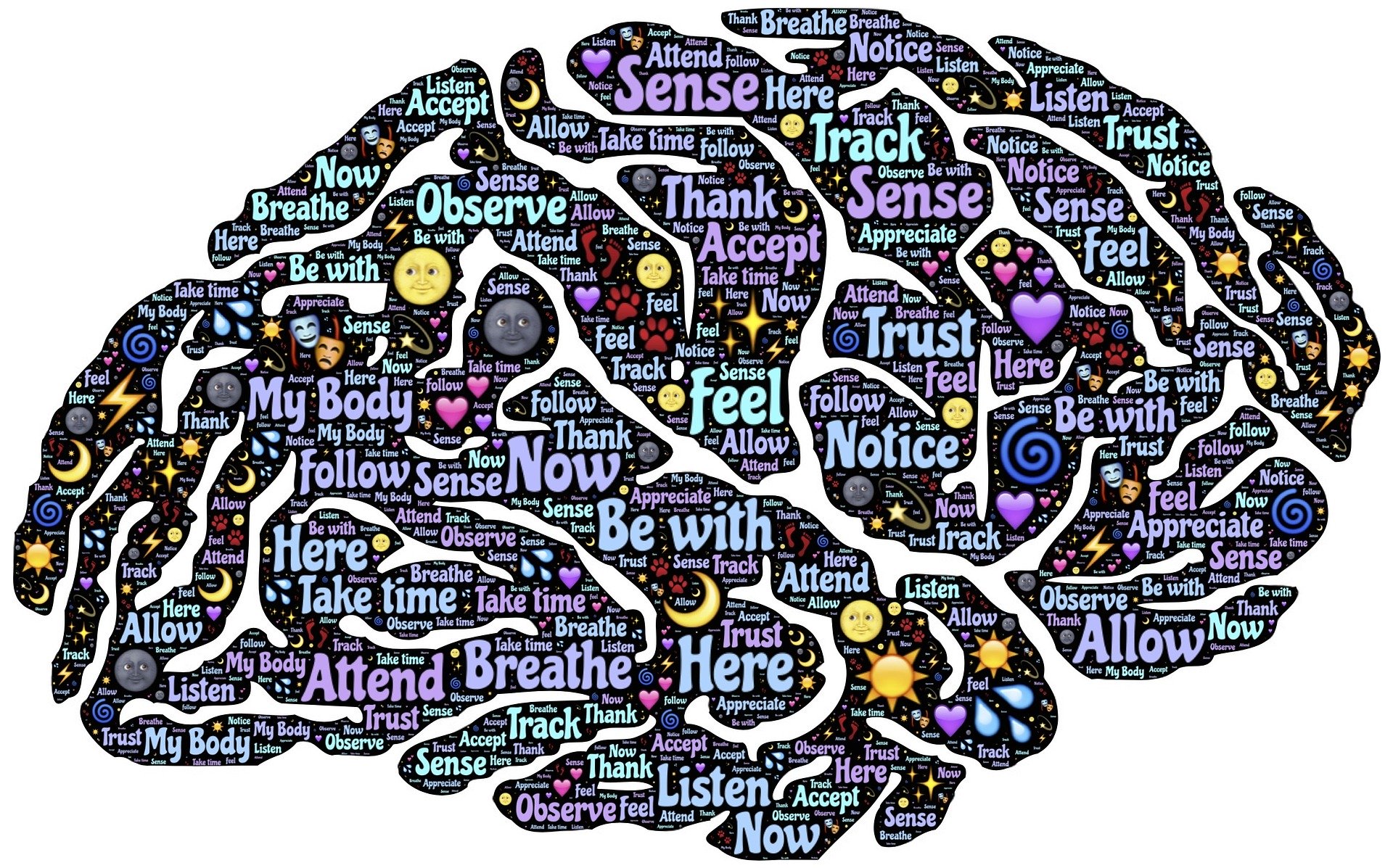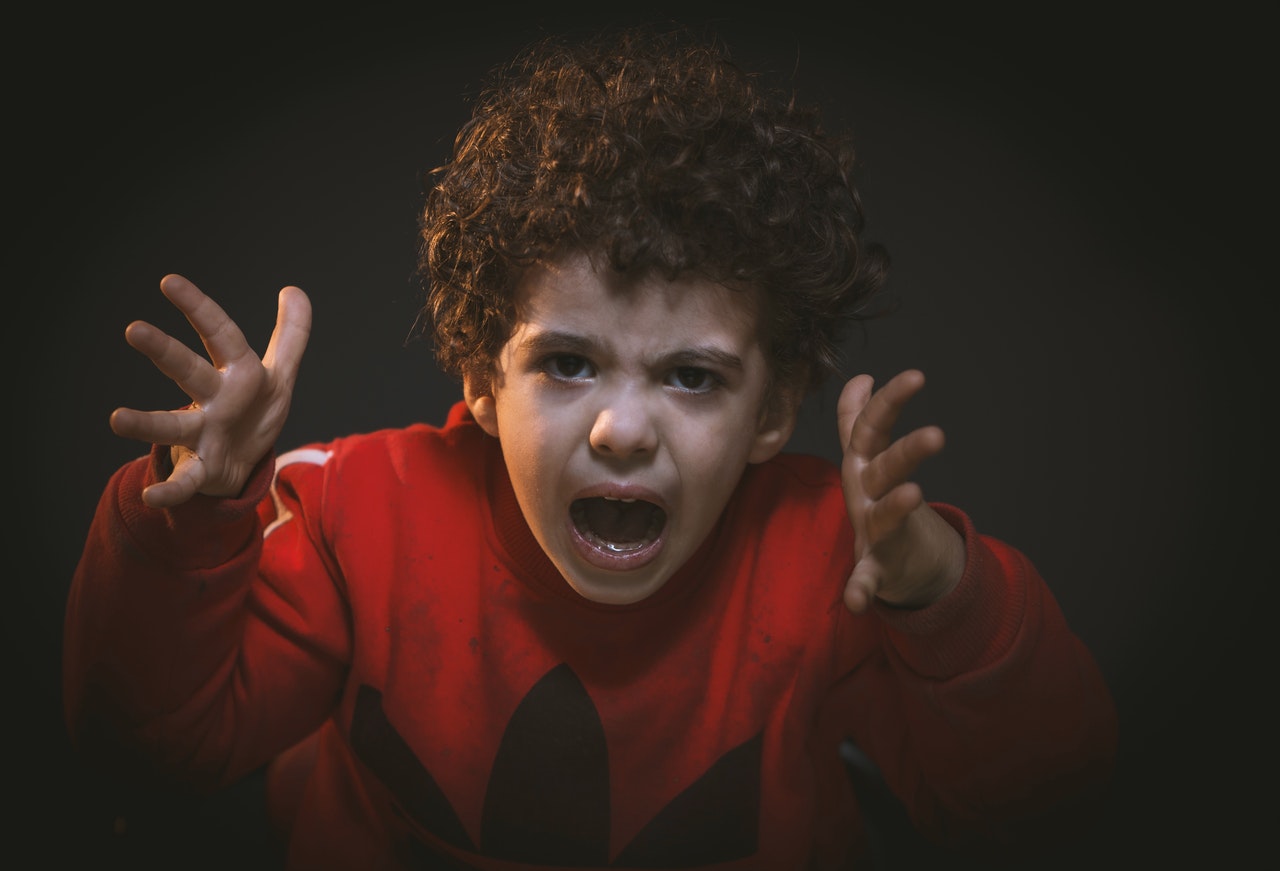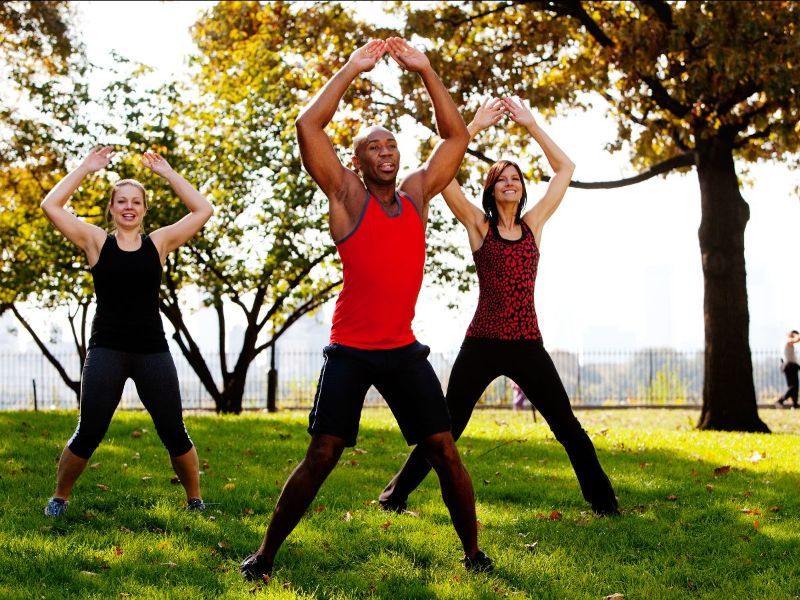This chart changed the way I view school discipline
I cannot wait to share this with you! It completely changed the way I understand student behavior. I first saw this visual while reading Eyes Are Never Quiet: Listening Beneath the Behaviors of Our Most Troubled Students by Dr. Lori Desautels and Michael McKnight.
For my entire career as an educator, I viewed discipline as a punishment based system. Students misbehave. They get consquences. These consequences were supposed to stop the students from misbehaving. And when I became a teacher 29 years ago, I fell right into that belief system. Yet something about it has always bothered me.
When I was a middle school teacher in a low socio-economic area, my students were very disruptive, aggressive and disrespectful. But they were also loving, kind and intelligent. This was very confusing to me. Their academic record should not have been full of failing grades and suspensions.
Now I believe I understand why. What I didn't understand until now was brain science. When young people experience repeated adverse life events, it can have an effect on how their brain processes threat. Humans respond to fear with flight, fight or freeze responses as directed by our brains. When this happens, the learning part of their brain shuts down because the survival part of the brain is activated.
Take a close look at this chart. Anger, annoyance, withdrawn, disconnected, anxious. These are the same behaviors in school that we punish with detensions, suspensions, expulsions, and negative phone calls home to parents. But these are automatic responses the brain makes when someone does not feel safe. These are pain-based behaviors!
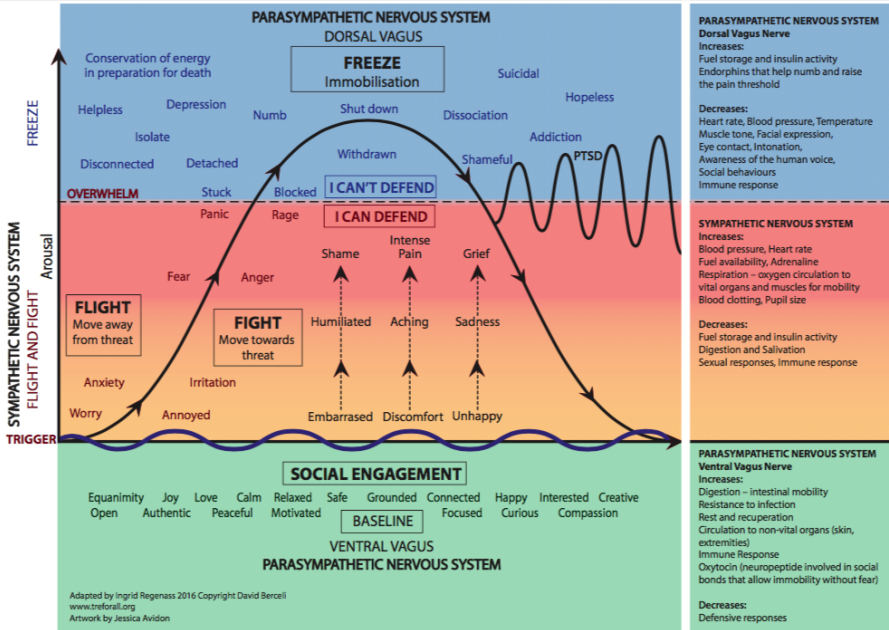
In other words, when young people exhibit pain based behaviors, they get punished. It would be like an adult punching students in the gut when they came to us with a cut on their hand. That is ludicrous, yet our system continuously hurts children who are in pain thus causing more pain. When young people get a cut on their hand while playing during recess, they get a hug and a bandaid. I advocate that when young people are in emotional pain, we respond by making them feel sale and calm, the equivalent to a hug and a bandaid.
